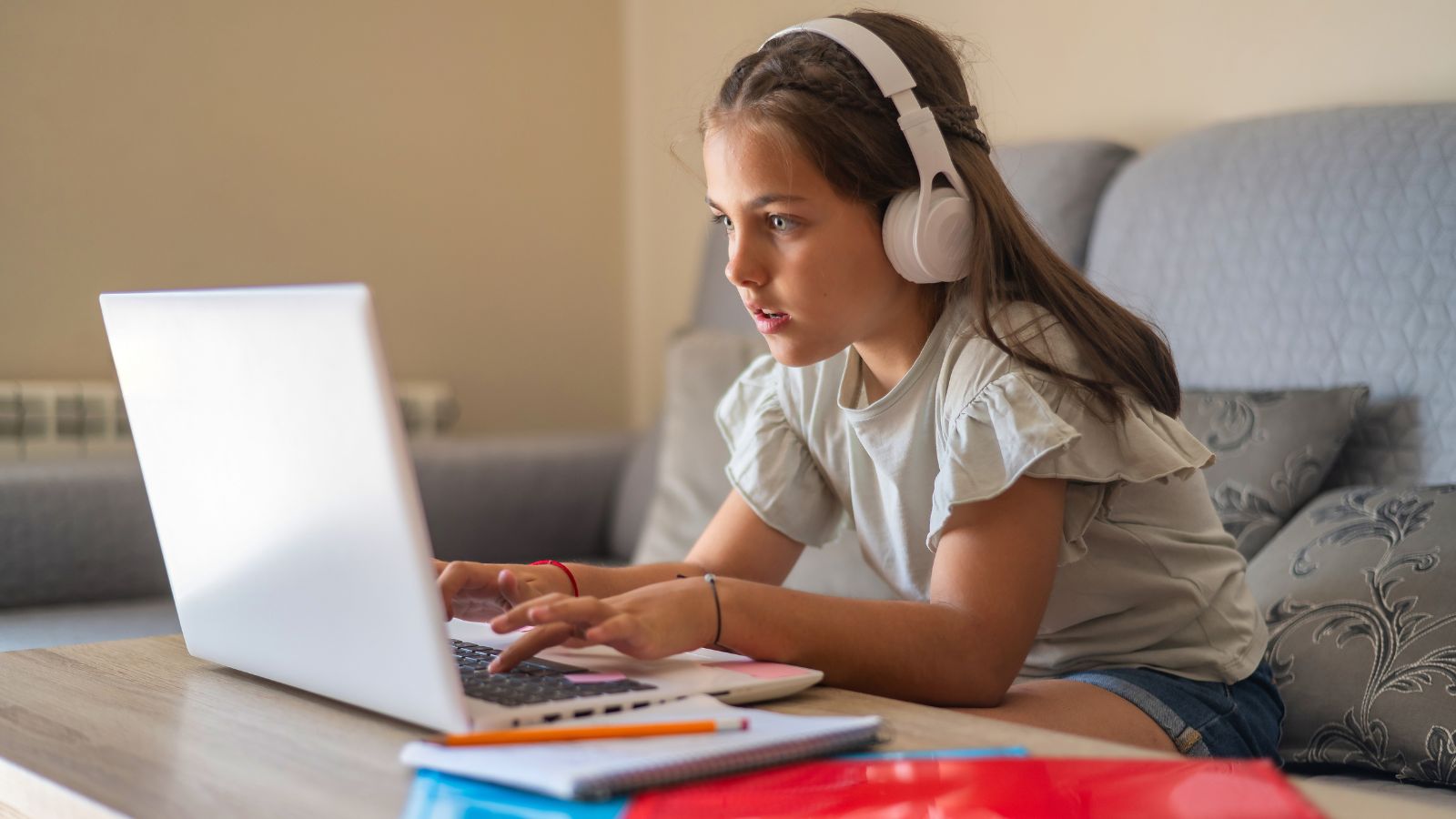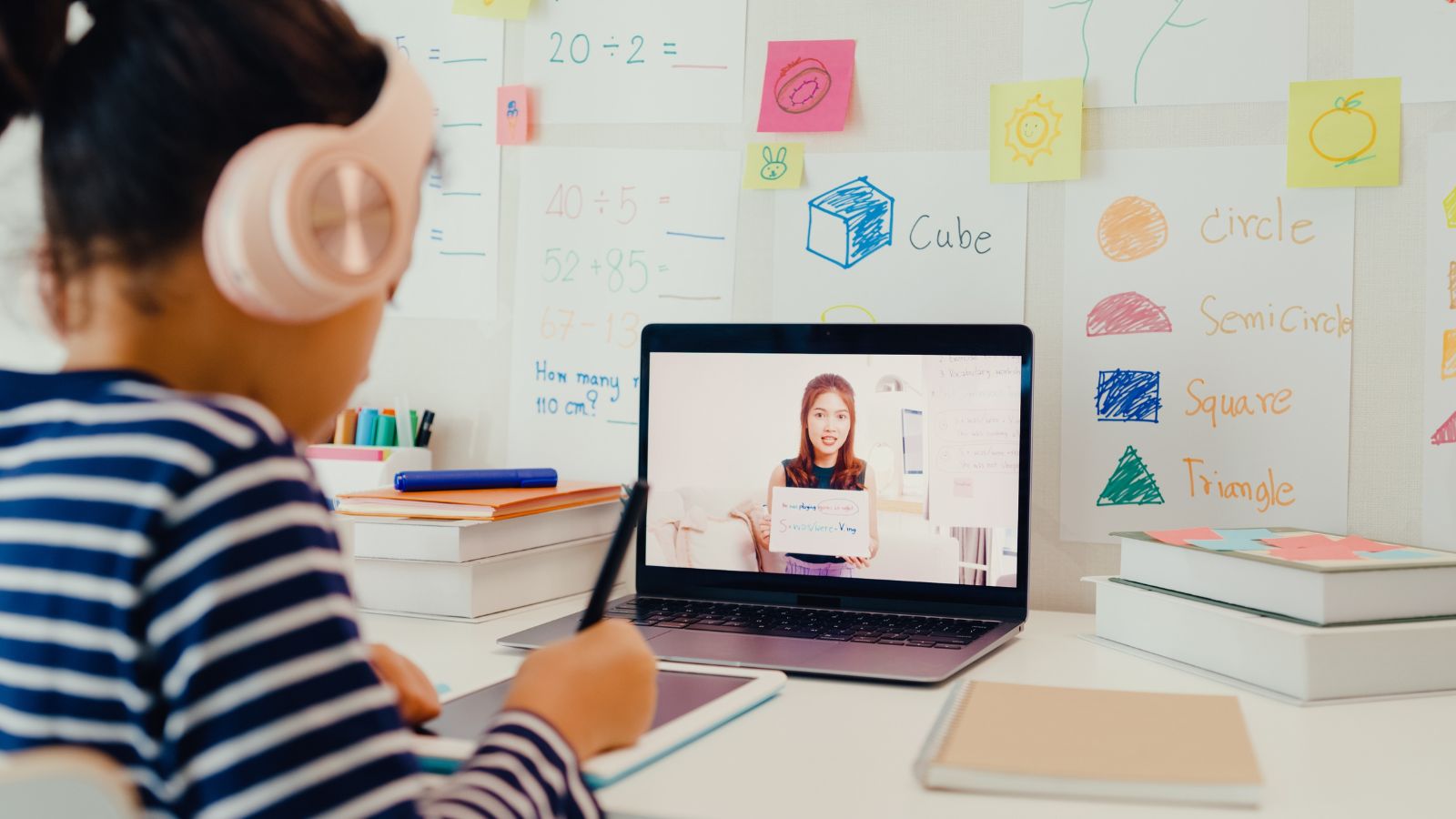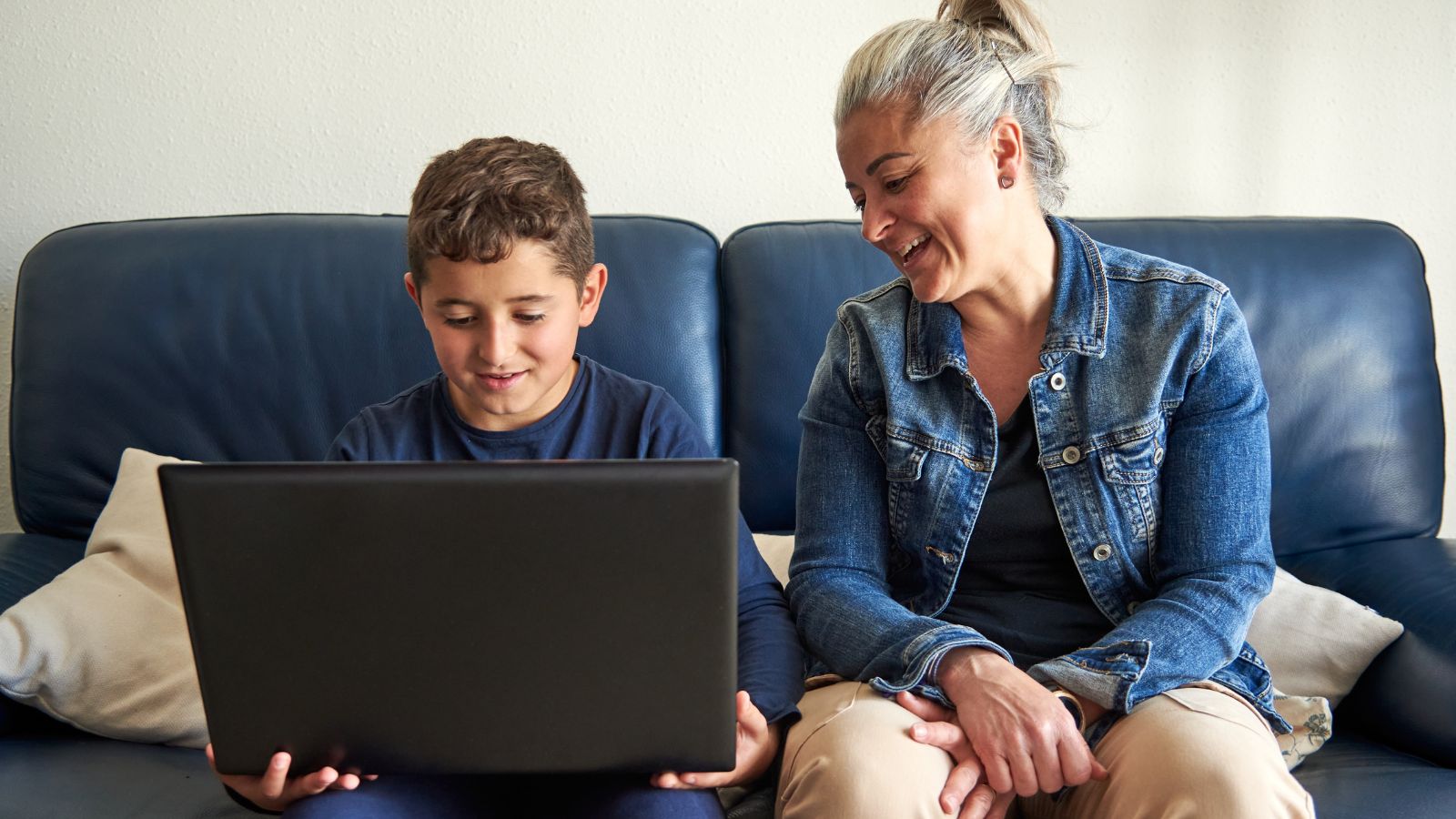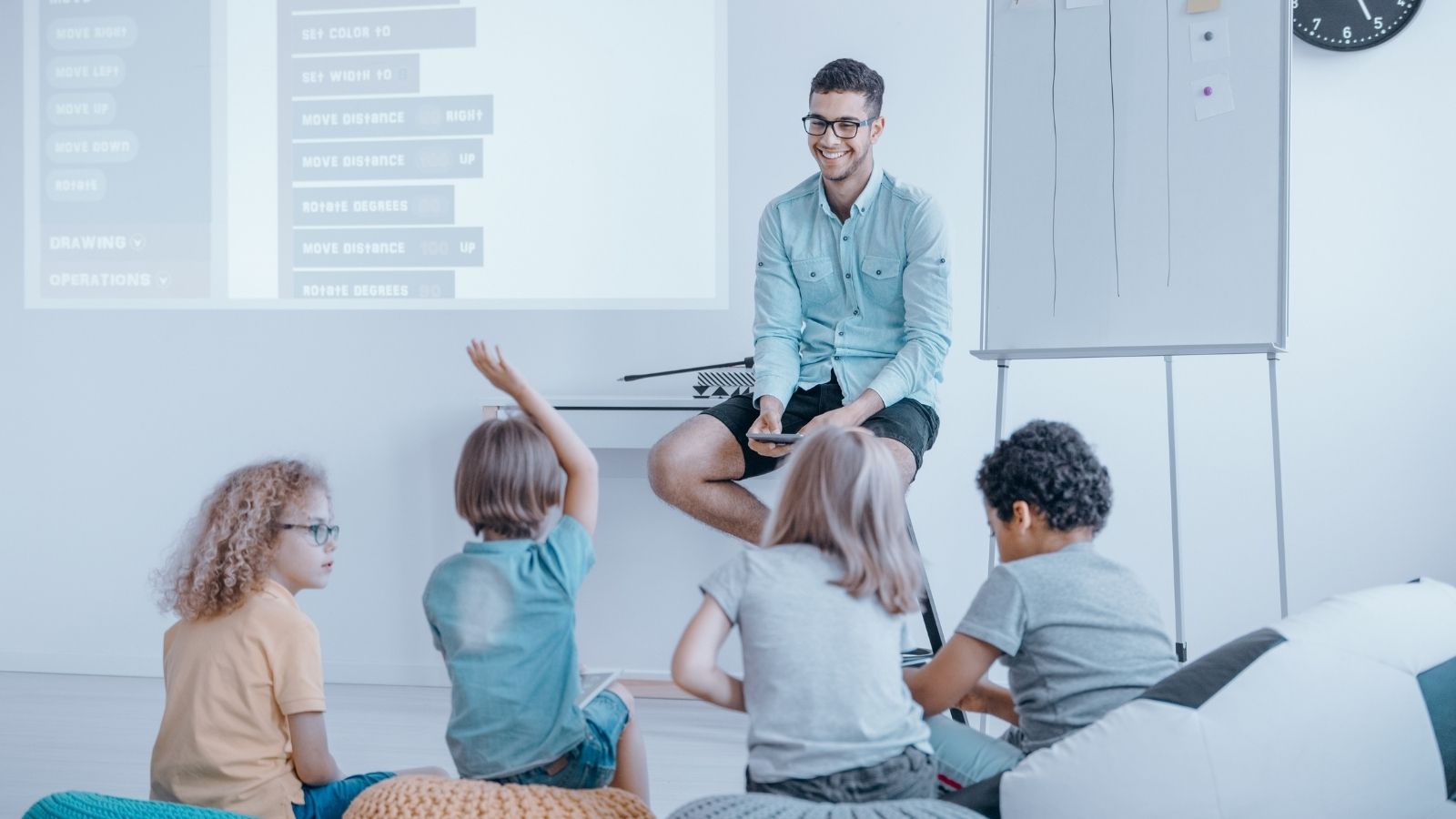While there were lots of people working remotely before COVID-19, the pandemic forced students to work from home too. The remote learning model has continued in many educational institutions as it has some benefits. But, while remote learning offers flexibility and convenience, it also presents significant challenges. We look at 14 reasons why remote learning may be failing students:
Lack of Social Interaction

Remote learning can lead to feelings of isolation and loneliness, which can negatively impact mental health and academic performance. When students experience a reduction in peer relationships they may struggle to form strong bonds with classmates and develop essential social skills.
Technical Difficulties

Many students lack access to adequate technology, such as computers, tablets or reliable internet connections. The gap is more apparent in neighborhoods where children and families are living in poverty. In addition, there are often technical glitches when using online platforms which disrupts learning and leads to frustration for both teacher and pupils.
Motivation and Engagement

Decreased motivation is a major concern for pupils learning remotely as some students find it harder to stay engaged in learning when they are not in a physical classroom. Home environments can be full of distractions, making it difficult for students to focus on their studies.It can be easy to get distracted by family and chores with some students unable to focus on their computer for long periods.
Learning Challenges

Some courses, such as science and engineering, work better in person as remote learning can limit opportunities for hands-on learning and experimentation. Students may struggle to grasp complex concepts without the benefit of in-person instruction and interaction with peers.
Teacher Effectiveness

Some people believe that teachers may not have received adequate training or support for effective remote instruction as it’s not something that would have been considered when they trained as a teacher. It can also be challenging for teachers to assess student understanding accurately in a remote setting.
Equity and Access

When it comes to technology and remote learning there’s evidence of a digital divide. Students from low-income families may have limited access to technology and internet connectivity. In addition, students with special needs may not have access to the necessary support services in a remote learning environment.
Student Well-being

The isolation and challenges of remote learning can contribute to increased stress and anxiety among students. This means that there’s a risk that remote learning can have a detrimental impact on students’ mental health and well-being.
Cheating and Academic Integrity

When students are trusted to work independently there’s an Increased opportunity to cheat. With a risk of students cheating, academic integrity is undermined. In general, it can be more difficult monitoring student work remotely as teachers may struggle to prevent cheating and ensure that students are completing their own work.
Parental Involvement

Some parents of children working from home may not have the time or resources to adequately support their children’s learning at home. Like teachers, parents may also find it difficult to monitor their children’s progress and provide necessary assistance.
Curriculum Gaps

With limited access to resources, remote learning may limit students’ access to essential resources, such as libraries and laboratories. Teachers may also struggle to cover the entire curriculum effectively in a remote learning environment.
Social Skills Development

Without going to school and seeing people face to face there’s limited opportunities for socialization. Remote learning can hinder the development of important social skills, such as communication and collaboration and have a negative impact on social development. A lack of social interaction can have a negative impact on students’ overall development long term.
Lack of Personalized Attention

Larger class sizes are usually the norm when it comes to remote learning, making it difficult for teachers to provide personalized attention to each student. Teachers may find it harder to identify and address individual students’ learning needs.
Teacher Burnout

Remote teaching can be demanding and time-consuming for teachers, leading to teacher burnout. When there is burnout, teachers may not have access to the necessary support and resources to effectively teach remotely.
Health Challenges

There’s a risk that children will be sat at a desk for the makroty of the day rather than making the most of recess and getting exercise. With concerns about childhood obesity, remote teaching needs to incorporate opportunities for physical education to reduce the change of heath problems.
18 Reasons Why People Are Leaving Florida in Masses

Exploring factors that impact the desirability of living in Florida, this list delves into various challenges shaping residents’ experiences. From environmental concerns like rising sea levels to economic factors such as fluctuating job markets, these issues collectively contribute to a nuanced understanding of the state’s appeal.
18 Reasons Why People Are Leaving Florida in Masses
